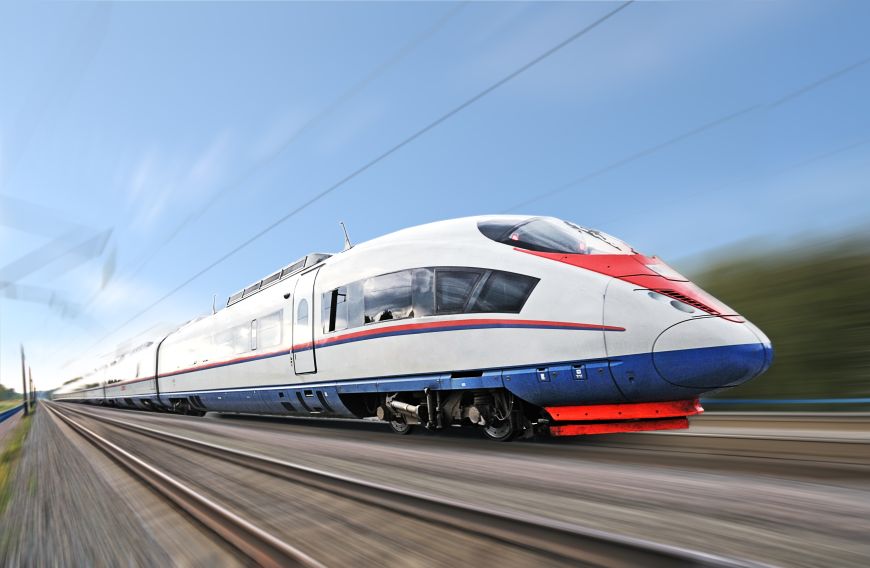Monitoring critical components on high-speed trains is essential to minimize downtime, failure and to improve safety and on-time performance. Siemens Mobility Services offers a platform called Railigent that has so far predicted almost every failure, and is helping its customers make intelligent use of data from rail assets.
Siemens AG, a global technology powerhouse, is known for its engineering excellence, innovation, quality and reliability. Founded 165 years ago, the company is active in more than 200 countries, focusing on the areas of electrification, automation and digitalization. Siemens is one of the world’s largest producers of energy-efficient, resource-saving technologies. It is also No. 1 in offshore wind turbine construction, a leading supplier of gas and steam turbines for power generation, a major provider of power transmission solutions and a pioneer in infrastructure solutions as well as automation, drive and software solutions for industry. In addition, it is a leading provider of medical imaging equipment.
Siemens Mobility Services was established three years ago and focuses on data-driven services and data analytics, particularly for rail vehicles and rail infrastructure. It established a platform called Railigent to help customers make intelligent use of data from rail assets. Railigent is a set of applications that take IoT data from rail assets and use it to create actual customer value and increase the performance of their assets. The data could be sensor data from trains, work orders from workshops, weather data, geo data, or diagnostic messages coming from the assets.
High-speed trains traveling at typical speeds of 350 Kmph will impose a lot of stress, wear & tear on critical components such as bearings, gear boxes, traction systems, and braking systems. These components must be continuously monitored to predict failure in advance. To do this, sensors are placed on critical systems and they relay diagnostic data back to a Siemens data centre, in near real-time. This data is analysed and can predict component failure in advance. This helps avoid breakdowns and accidents, as well as delays in schedules.
Addressing the media at Teradata Universe 2017, Gerhard Kreß, Director Data Services, Siemens AG said, “We started focussing on availability of the asset, which means predictive maintenance or condition assessments. The idea is to move away from these fixed preventive maintenance schedules into more fluctuating schedules based on the condition of different components.”
Kreß said Siemens Mobility is quite successful in the areas of predictive maintenance and has predicted almost every failure for customers like Deutsche Bahn. It has also responded to a tender from Indian Railways for similar services.
“We are monitoring almost 1,500 vehicles worldwide, though mostly in Europe (Germany, UK, Spain, Finland, Poland, Italy). These are locomotives that pass through Europe. Some of the trains that we monitor are in the US and Australia too. We analyse all that data either to help our own maintenance groups or we give insights as a service to the customer, and they do their own maintenance, as in the case of Deutsche Bahn,” said Kreß.
In an integrated yet open ecosystem, Railigent maps the entire path from the sensor to the highly aggregated report on a smartphone – for greater availability, longer service life, and a higher level of maintenance and operating efficiency for all components.
“We see the problem before the train sees it. We give the customer 3 – 4 weeks pre-warning time for a gear box breakdown, so they can continue to operate the train before sending it for scheduled maintenance to replace the faulty component. It is about the availability of the asset by choosing when you have a downtime and not the asset choosing when it breaks down. On average every rail operator has about 15 per cent of their fleet as a buffer, to pick up for trains that are failing,” said Kreß.
He said predictive analytics has reduced the total cost of ownership of the asset significantly.
————————————————————————————————————————————
The writer was hosted in Nice, France by Teradata.









